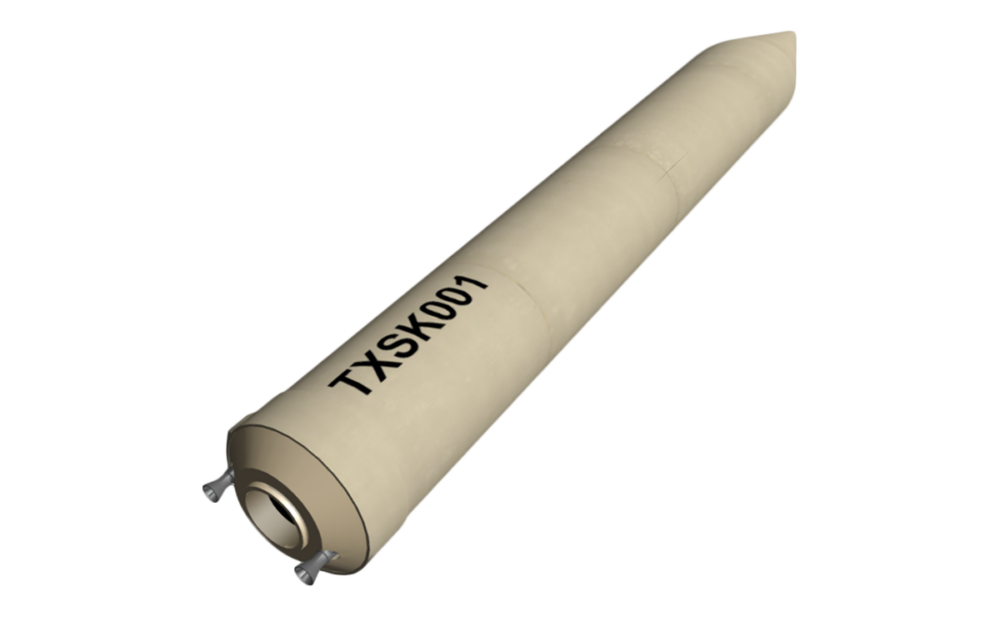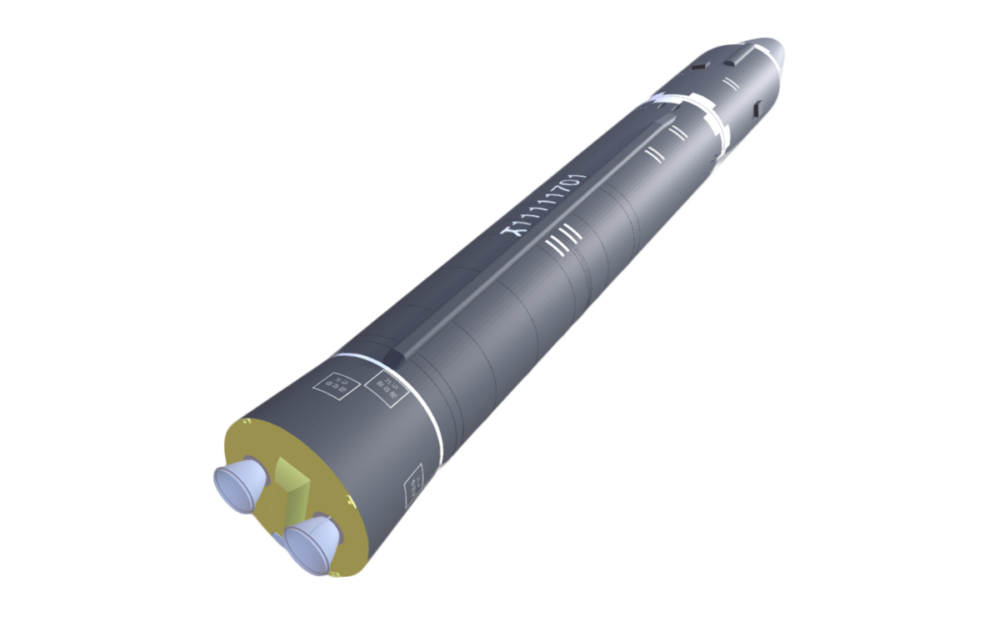
The CNS Iran Missile and SLV Launch Database
Collection of Iranian missile tests including the date, time, missile name, launch agency, facility name, and test outcome. (CNS)
Cuba is not known to have nuclear, chemical, or biological weapons programs, and is a participant in many of the major nonproliferation treaties and regimes. Gradual rapprochement with the United States appears to be slowly ending Cuba’s longtime economic and diplomatic isolation. It is unclear how this will affect the country’s future policies.
Fidel Castro spearheaded a revolution that removed President Fulgencio Batista from power in 1958. Relations between the United States and Cuba deteriorated soon thereafter, and in 1961, the United States officially severed diplomatic relations with Cuba. Additionally, the United States influenced the decision to dismiss Cuba from the Organization of American States in January of 1962, and imposed a total trade embargo on Cuba a month later. The 1996 Helms-Burton Act strengthened the embargo and included provisions to prevent states from helping Cuba finance the construction of nuclear power plants. 1
The Obama administration has significantly changed the direction of U.S.-Cuban relations. Prisoner exchanges and the easing of restrictions on travel, banking, and remittances in late 2014 set the stage for growing rapprochement between the two countries. President Obama and President Castro met at the April 2015 Summit of the Americas in Panama for the first formal talks between U.S. and Cuban leaders in over 50 years. 2 The United States then proceeded to remove Cuba from its list of state sponsors of terrorism, a designation that has been in place since 1982 due to the country’s support of communist rebels in Africa and Latin America. 3 The restoration of full diplomatic relations and the reopening of embassies followed. 4 President Obama visited Cuba in 2016 after lifting more restrictions on travel and commerce. While executive actions have eased sanctions, fully repealing the embargo would require Congressional approval, which seems unlikely. 5
Cuba does not possess nuclear weapons, and is not known to be pursuing them. In 2002, Havana acceded to the Treaty on the Non-Proliferation of Nuclear Weapons (NPT), ratified the Treaty for the Prohibition of Nuclear Weapons in Latin America and the Caribbean (Treaty of Tlatelolco), and deposited an Additional Protocol with the International Atomic Energy Agency.
In the 1980s, Cuba raised international safety and proliferation concerns with the construction of the Jurangua nuclear power plant in the south-central province of Cienfuegos, approximately 180 miles south of Key West, Florida. The project commenced in 1976 when the Soviet Union and Cuba signed a formal agreement to build two 440-megawatt pressurized water reactors to provide electricity for Cuba’s growing energy needs. Construction began in 1983 and was suspended in 1992 due to the termination of Soviet financial aid to Cuba after the collapse of the USSR. Cuba and Russia failed to find international financing to revive the project and on January 17, 1997, then Cuban President Fidel Castro announced its “indefinite postponement”. Russia retained interest in completing the nuclear plant until December 2000 when President Putin visited Cuba and was told by President Castro that Cuba was no longer interested in completing the twin 440-megawatt reactor plant. 6
While there have been numerous past allegations concerning a Cuban secret biological warfare program, these allegations remain unsubstantiated. Cuba signed the Biological and Toxin Convention (BTWC) in 1972 and ratified it in 1976.
Since approximately 1981, Cuba has developed a powerful biotechnology capability, which is possibly the most advanced among developing countries. Certainly, Cuba’s biotechnological and medical industries are the largest and most sophisticated in Latin America, as demonstrated by its large-scale production of pharmaceuticals and vaccines. This capability is being used to develop and produce products for export, and the income from these exports might be larger than all other income-generating endeavors, with the exception of sugar and tourism.
Cuba has never been known to possess chemical weapons; it signed the Chemical Weapons Convention in 1993 and ratified it in 1997.
Cuba is not suspected of having acquired or produced long-range ballistic missiles.
In October 1962, Cuba was the stage for the most dangerous confrontation between the United States and the Soviet Union during the Cold War. In May 1962, Soviet Premier Nikita S. Khrushchev secretly began deploying R-12 Dvina (GRAU: 8K63; NATO: SS-4 Sandal) medium range ballistic missiles (MRBM) to Cuba as a means to counter the U.S. lead in strategic missiles and protect Cuba from an U.S.-sponsored invasion. Presented with photographic evidence of missile installations under construction, President John Kennedy chose naval blockade as the course of action against Soviet ships. The strategy proved to be successful and on October 28, Khrushchev announced that he would dismantle the installations, expressing his trust that the United States would not invade Cuba. 7 Unbeknownst to the United States at the time, Khrushchev had also transferred almost 100 tactical nuclear weapons to Cuba, including 80 nuclear-armed Front Cruise Missiles (FKR-1; NATO: SSC-2A); 12 nuclear warheads on Luna (GRAU: 2K6; NATO: FROG-3/5) short-range artillery rockets; and 6 nuclear bombs for IL-28 bombers. These weapons were also removed in the wake of the crisis, even though they were not part of the negotiations. 8 The Soviet Union intended to deploy R-14 Chusovaya (GRAU: 8K65; NATO: SS-5 Skean) intermediate range ballistic missiles (IRBM) on the island; however, the U.S. blockade prevented the missiles from reaching Cuba.
Cuba has allegedly helped North Korea dodge sanctions impeding that country’s import and export of missile technologies in the past. In July 2013, the North Korean armed forces’ chief of staff met with Cuban military leaders and president Raúl Castro. 9 Shortly thereafter, Panamanian authorities intercepted a North Korean ship travelling from Cuba carrying 240 metric tons of military equipment, including one S-75M Volga (NATO: SA-2 Guideline) and one S-125 Pechora (NATO: SA-3 Goa) anti-aircraft missile complex, nine missiles in parts and spares, two MiG-21bis fighter jets; and 15 motors for the MiGs. The Cuban Foreign Ministry issued a statement claiming the equipment was being sent to North Korea for upgrades, and that the North Koreans would have returned the equipment to Cuba. 10 The international community has not intercepted further weapons shipments since 2013, but trade linkages between North Korea and Cuba remain strong despite Cuba’s warming relationship with the United States. 11
In 2014, the United States inadvertently shipped one of its Hellfire anti-tank missiles to Cuba. While there are concerns that Cuba may have shared intelligence about U.S. military technology with Russia and/or North Korea, the Cuban government returned the missile to the United States in 2016 as the two countries worked toward restoring diplomatic relations. 12
Sign up for our newsletter to get the latest on nuclear and biological threats.
Collection of Iranian missile tests including the date, time, missile name, launch agency, facility name, and test outcome. (CNS)
Information and analysis of nuclear weapons disarmament proposals and progress in the United States.
A collection of missile tests including the date, time, missile name, launch agency, facility name, and test outcome.
